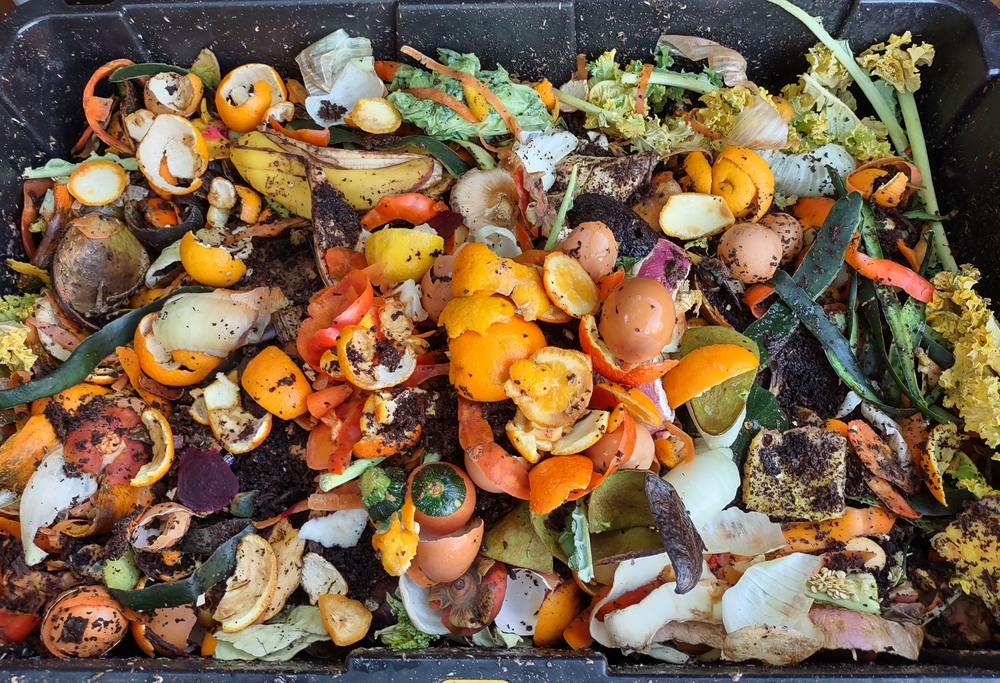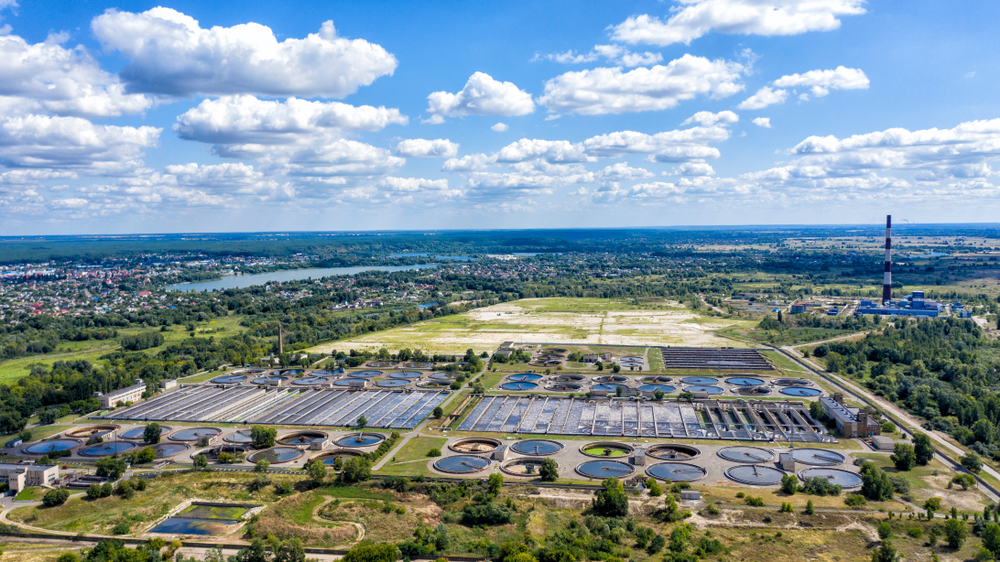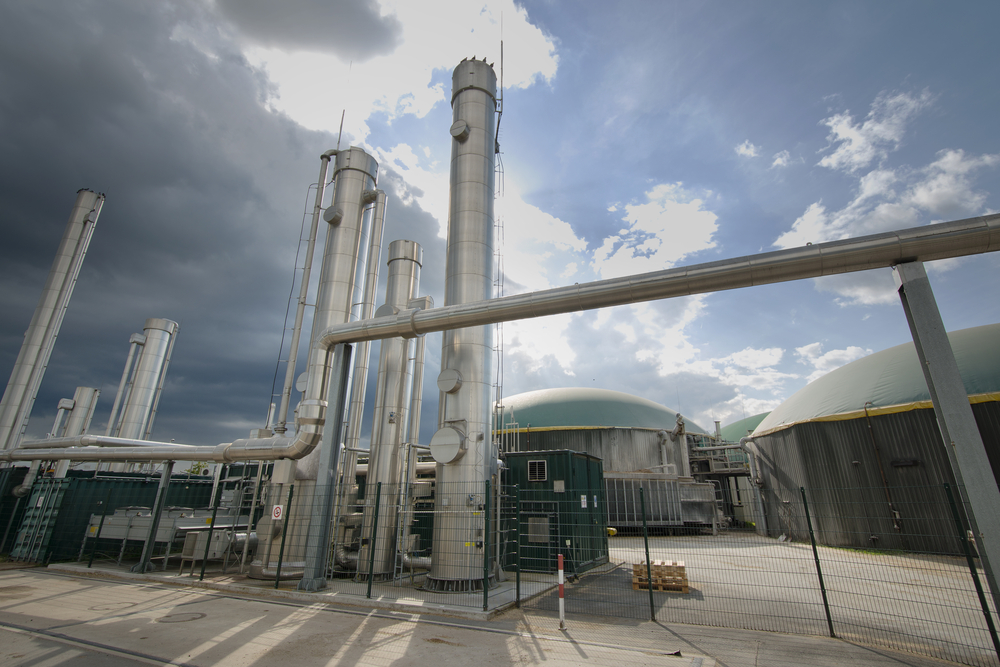
As an engineer and researcher, I first became aware of the shell game that we play with waste while examining what flows in and out of sewers. Now, if you’re wondering what sewers have to do with waste (beyond the obvious), you’re in for a surprise. But we’ll get to that in a bit. What I learned through my work is that our waste systems are intrinsically tied to climate, soil health, water quality, and public health. I’ve dedicated my career to identifying and advocating for alternative methods to polluting waste systems. Methods that benefit public health and the environment, rather than harm them.
Back to the question at hand. What do sewers have to do with waste? A lot more than the obvious. Let’s start with food.
Food provides livelihoods for farmers, nutrients for humans and animals, and a sense of joy for many. But the food we don’t eat, the scraps left on our plates, spoiled, or just unwanted, often ends up in landfills. In fact, food is 24.1% of everything we bury in landfills. Burying all that food negatively impacts the climate. How? Well, as food breaks down in a landfill, it emits methane, a powerful greenhouse gas. In fact, landfills are the third largest source of methane emissions in the U.S.
Food waste should never be buried in landfills. This valuable resource can be composted in backyards or collected by cities and towns for composting at small or large facilities. San Francisco has been collecting food scraps for composting since 1996. The city currently collects and composts over 500 tons of food waste per day.
The benefit of composting is that it speeds up the natural recycling process for organic (previously living) materials. This allows us to recover carbon and other nutrients from organic materials, like food scraps, more quickly. The result is a natural fertilizer (compost) that can restore soil fertility and offset carbon dioxide emissions. Through its composting program, San Francisco provides compost to local farms, vineyards, and ranches to spread over their fields and crops, helping to grow healthy plants and fight climate damage.
Another method of processing food waste is called anaerobic digestion. Anaerobic digesters are typically sealed containers that use bacteria to break down organic materials in the absence of oxygen. This process creates a mixture of gases – mainly methane – referred to as biogas, which can be burned to produce energy. The material leftover in the container after the anaerobic digestion process is called digestate. Similar to compost, digestate can be used as a fertilizer, but only if the waste that went into the anaerobic digester was free from toxic chemicals. That’s where anaerobic digestion can get a bit tricky. It’s also what creates a problematic link between sewers and food waste.

Many wastewater treatment plants use anaerobic digesters to reduce the volume of sewage sludge (biosolids). Unfortunately, some cities and towns are also sending their food waste to these digesters. Take Cambridge, Massachusetts, which offers a curbside collection program for food waste. Cambridge trucks that food waste to a facility outside the city where it is ground up and turned into a slop. That slop is trucked to a wastewater treatment plant and is added to its anaerobic digesters. So, all that valuable food waste is being mixed with sewage sludge.
A lot of different kinds of waste go into the sewer. Industrial wastes, hospital wastes, commercial wastes, landfill leachate (or toxic garbage brew), human waste, storm water runoff, and every other kind of hazardous, toxic, and biological waste material that goes down the drain. It’s like a toxic shell game. What goes into the sewer simply “disappears” and becomes sewage, which is treated to meet certain minimal water quality standards and then discharged into rivers, lakes, and oceans. A noxious by-product of the treatment process is sewage sludge, a mud-like material containing hundreds of known toxics, including “forever chemicals” (PFAS), which pose significant risks to human health and the environment. And yet, the federal government encourages its use as a fertilizer.
I have met farmers who have lost their dairy herds and even their farms because of PFAS poisoning related to sludge spreading. It is a national problem and its growing. In 2021 alone, the federal government spent $1.5 million to compensate farmers whose cows were poisoned by PFAS – and that’s only scratching the surface.

Remember, they’re called forever chemicals for a reason: They don’t go away. PFAS make their way to the roots and shoots of plants, hunker down in the soil, and move into ground or surface water. To top it off, they accumulate with every additional sludge application. A real nightmare.
Unfortunately, the solid waste industry and some city and town sewage authorities are greenwashing food waste-to-sewer programs by promoting them as “waste-to-energy.” Sure, adding food scraps to sewage digesters keeps those scraps out of landfills, but it’s a shell game that we cannot afford to play. Adding food waste to sewage sludge is not a Zero Waste solution – it is a toxic failure with a terrible cost on the environment and public health.
Mixing food waste and sewage sludge, and the use of sludge as fertilizer, should be banned in every state. Composting our food waste is a solution that can help fight climate change and protect healthy soils. Composting right can help us grow more nutritious food, strengthen soil health, employ more people, create more businesses, and offset climate-damaging emissions. When composting is not possible, anaerobic digestion can be a solution – but only if food waste is NOT mixed with sewage sludge.
Let’s keep food waste away from wastewater treatment plants and use it to build healthy soils or generate energy in a toxic-free environment. Doing the right thing with food waste is a good investment in our health, soil, and future. Someday, we might actually stop calling it “waste.”